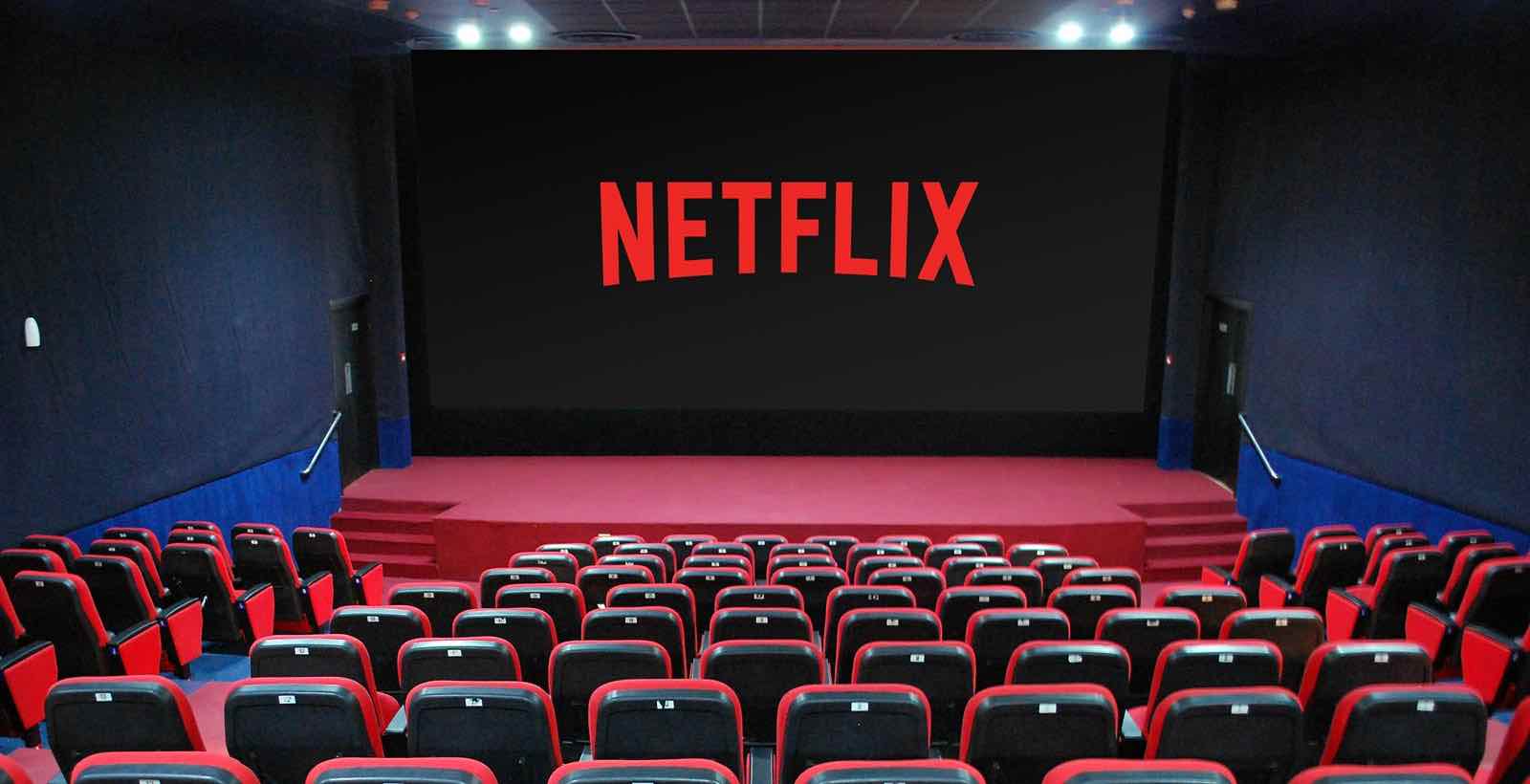
Cable network TV: Late to the streaming game
In our bid to #SaveSaturdays this year, we’re taking a scalpel to the reasons behind cable networks’ decisions to axe some of their best shows. Series like Shadowhunters and Timeless are cut down in their prime while decision makers hand-wave their demise away with a vague mumble of “poor ratings”.
It’s time to fight back, to place responsibility back onto the networks to wise up with the changing tides and finally pay attention to the streaming trends pioneered by Netflix, Amazon, Hulu, and more.
When cable TV hit the entertainment scene in the 80s, it revolutionized the way people consumed content. Rather than families eating their TV dinners in front of four or five available channels, suddenly there was an explosion of viewing options. For decades the access to a plethora of content was the mainstay for many families, with a schedule packed with prestige drama, inventive comedy, and raucous guilty pleasures for those who could afford it.

A similar disruption in the TV viewing landscape has been swelling over the last ten years. The rapid growth in on-demand streaming services like Netflix, Hulu, and Amazon Prime has changed the way we consume content. Gone are the days we waited an entire week to watch the next episode of our favorite TV show; now we can catch entire seasons in one go – the equivalent of ratings suicide for traditional TV.
As Variety pointed out, the rise in streaming services has created a two-tier system of content as well as a two-tier system in our living rooms, where traditional cable and broadcast channels are accessed via a separate box to streaming channels. However, if it wants to survive, the traditional TV networks need to integrate with streaming channels:
“Right now, too many viewers fire up their streaming devices and rely on Netflix or Hulu to watch TV for the evening. An integrated program guide would put the networks’ offerings in these viewers’ line of sight.”

In an increasing number of cases, viewers are cutting the cable cord and the networks late to the VOD table are suffering.
As the number of channels increases, it’s a general rule that ratings for shows decline, but we’ve seen an accelerated pace in the last couple of years, particularly among younger viewers. Back in the day, the mid-90s sitcom The Single Guy pulled in viewing figures upwards of 20 million, but was still tanked after two seasons.
Now, according to Slate, one of last year’s top shows, NBC’s Blindspot, is struggling to stay above 8 million regular watchers, but is still staying afloat into its fifth season. NBC execs claim Blindspot’s ratings double when mobile streams and delayed DVR viewings are thrown into the mix, which adds up to 16 million – still shy of previous no-go numbers.

Though media news outlets will probably have you believe acclaimed series like Atlanta and The Americans were the top offerings of last year, viewers – at least according to Nielsen households – are still suckers for tradition.
BGR reports that multi-camera sitcoms like Roseanne (now The Conners) and The Big Bang Theory are the only shows pulling anything close to 90s numbers, and procedural dramas like Manifest and The Good Doctor seem to be continuing what Lost and Grey’s Anatomy started, taking up the rest of the slots in BGR’s top ten.
This is Us seems to be the only recent show with the distinct honor of being unanimously well-reviewed as well as attracting consistently strong numbers.

Sadly, any other show that isn’t immediately accessible on Netflix or Amazon is taking a beating as younger or international viewers simply can’t afford to keep up with cable subscriptions or sign up to multiple streaming services. Atlanta may have been the most talked-about show of last year, but you can bet Teddy Perkins was finding his way onto TV screens through pirating or illegal streaming just as much, if not more, than via live viewing.
It’s simply the only way to keep up, with many networks taking weeks or months to broadcast their programming across the pond. Some networks are wising up to the modern world by freely licensing their content to Multichannel Video Programming Distributors (MVPDs) like Hulu and YouTube TV. A few channels are also developing their own subscription-based streaming products such as CBS All Access, but most are late to the party.
NBC’s announcement of a 2020 streaming launch is likely too little too late, when Netflix has been dominating since at least 2012 and channels in the UK have been streaming for more than a decade.

Nielsen recently stepped up their game by implementing a new Total Audience Ratings system aiming to track viewership across newer methods of watching live TV. The system has already done wonders for ESPN, who boasted a bump in Millennial viewership a couple of years ago. But it’s disappointing to see these industry dinosaurs take so long to get into the streaming game.
The internet has changed television for good, but just as TV adapted to cable in the 80s, it’s imperative that the landscape evolves to meet this 21st-century challenge. With eyeballs comes money; it would behoove the television industry to get with the times and follow the trends if they want to survive and profit in the years and decades to come.



